
Herpes labialis is also known as orolabial herpes. This is an infection of the lip caused by herpes simplex virus, HSV-1 that causes outbreak of small blisters commonly known as cold sores or fever blisters. These sores are usually found on or around the mouth where they typically remain for up to 3 weeks. After the initial outbreak, the virus stays in the carrier’s body, remaining dormant in the facial nerves. It is estimated that more than 50 million adults in the United States develops Herpes labialis episodes every year. This infection affects almost 60% of all Americans in any given time.
Causes of Herpes labialis
Herpes labialis infection occurs when a virus comes into contact with skin of the mouth, mucosal tissue or small wounds on the surface of the mouth. In most cases, people suffering from Herpes labialis are infected by type 1 strain of herpes simplex virus. However, it is also possible to develop Herpes labialis as a result of infection by the type 2 strain. Moreover, the incidence of these cases is increasing. When the virus enters the body it never leaves. About one-third of people will suffer from occasional relapses, but the severity of later outbreaks is usually much less than the original outbreak. Causes of reactivation are stress, sunlight, sunburns, fever, weak immune system, or local skin trauma.
Symptoms of Herpes labialis
In many cases of Herpes labialis infection, there won’t be any symptoms at all. However, if the symptoms appear they typically manifest in inflammation of the mucous tissues of the cheek and gum. This condition is known as acute herpetic gingivostomatitis and it resolves in up to 10 days. Some patients may also feel very weak, may suffer from headaches, dizziness and nausea. Recurrent oral infections are very common, and they develop in a series of eight stages. In the first stage, the virus is dormant in the sensory nerve ganglia. After a couple of weeks or months, virus may start to activate causing the sensations of itching or tingling in the affected area. Inflammation occurs later on, when virus begins reproducing and infecting cells situated at the end of the nerve. Pre-sore stage is characterized by the appearance of tiny, hard, inflamed papules and blisters that are usually itchy and sensitive touch. The most contagious stage is open lesion stage in which vesicles break to create weeping ulcer. Between fifth and eight day following the formation of papules, a crust starts to form. Healing occurs in up to a couple of days, when new skin begins to form underneath the scab.


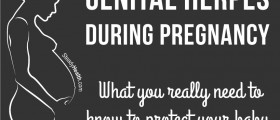

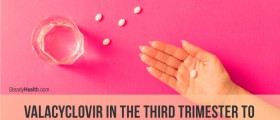

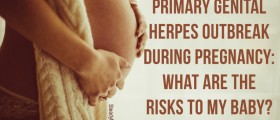
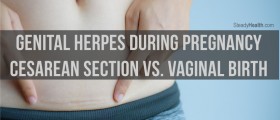
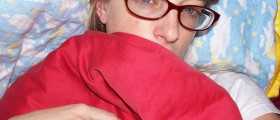
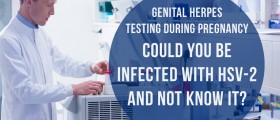


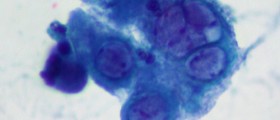

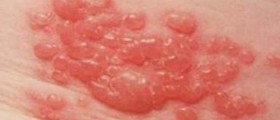
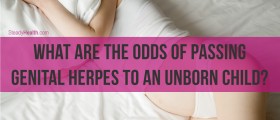
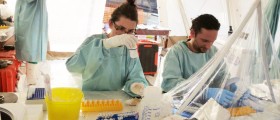
Your thoughts on this
Loading...